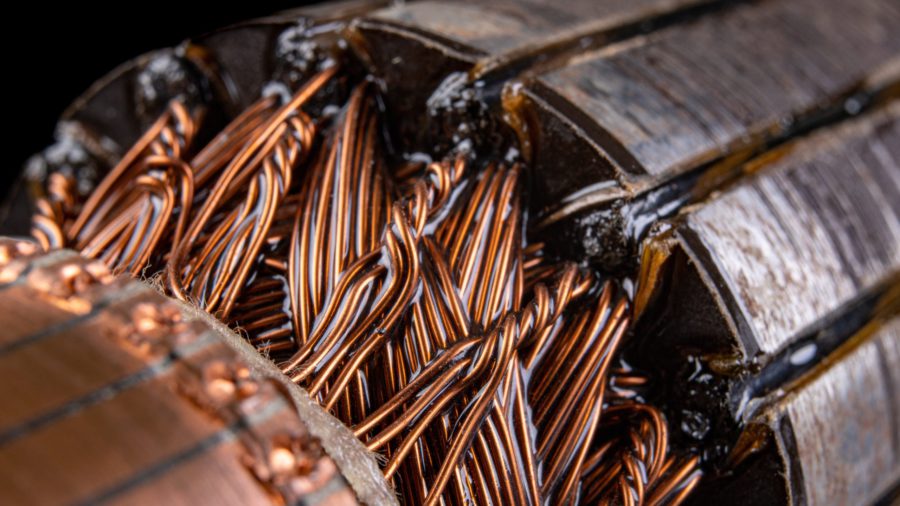Revival defines high-grade core at Beartrack-Arnett

Results of two core holes completed at the Joss target area at Revival Gold’s Beartrack-Arnett project in Idaho include high-grade intercepts. The company has released a total of ten drill hole assays from the site – its final batch from the 2020 drilling before rigs restart in May.
The two holes at Joss were drilled to test for high-grade sulphides and a shape up a conceptual underground mining target in the main shear zone and in cross-structures. Results include 45.7 metres of 2.29 g/t gold and 43.9 metres of 2.41 g/t gold. Both of these intervals include higher-grade sections, such as 10.1 metres of 4.58 g/t gold and 3.9 metres of 6.84 g/t gold.
An additional five holes were drilled between two past-producing pits at Beartrack and confirmed continuity of mineralization over 400 to 600 metres of strike in a previously untested area.
Three holes also targeted the Rabbit greenfield target, 2 to 3 km south of the existing resource at Beartrack. Although difficult drill conditions limited the drilling program at Rabbit, one of the holes hit fracture -controlled alteration with anomalous trace elements, including gold, that mirrors the Beartrack mineralization signature.
Measured and indicated resources at the project total 36.6 million tonnes grading 1.15 grams gold per tonne, for a total of 1.4 million gold oz
“Today’s drill results from Joss have transformed our understanding of the potential for high-grade underground gold mineralization at Beartrack-Arnett. We now have fourteen drill holes over approximately one kilometer of strike in the vicinity of Joss being assessed for the presence of a continuous high-grade core of mineralization. Results of the assessment are expected shortly. The Joss zone remains open to the south towards the anomalous gold intercept encountered at Rabbit, some two kilometers further south,” High Agro, Revival’s president and CEO, said in a release.
Agro added that the above results, combined with assays from the area between the North and South pits, extend the potential strike length for gold mineralization at Beartrack-Arnett to 7 to 8 km.
The company is now planning its 2021 exploration and engineering field program.
The Beartrack portion of the project operated as a 13,600 t/d heap leach between 1994 and 2000, producing approximately 600,000 oz. of gold. Revival is working to start the site by first developing an initial heap leach operation within the 58-sq.-km property, using existing infrastructure.
A November 2020 preliminary economic assessment for the project outlined an initial 12,000 t/d, seven-year heap leach mine producing an average of 72,000 gold oz. a year at all-in sustaining costs of $1,057 per ounce. With a pre-production capital cost estimate pegged at $100 million, the after-tax net present value estimate for the development comes in at $88 million, at a 5% discount rate and based on $1,550 per oz. gold, with a 25% internal rate of return.
Measured and indicated resources at the project total 36.6 million tonnes grading 1.15 grams gold per tonne, for a total of 1.4 million gold oz. with additional inferred resources of 47.1 million tonnes at 1.08 grams gold for a further 1.6 million oz. of gold.
(This article first appeared in the Canadian Mining Journal)
More News
Mining billionaire Agarwal moves closer to breaking up his empire
April 22, 2025 | 09:06 am
Copper hits two-week high as dollar weakens
A Bloomberg gauge of the dollar fell to a 15-month low on Monday.
April 22, 2025 | 08:06 am
{{ commodity.name }}
{{ post.title }}
{{ post.date }}



Comments